
Flavonoid biosynthesis
- Introduction
- Pathway
Flavonoids are a major class of plant secondary metabolites that serves a multitude of functions including pigments and antioxidant activity. Flavonoids are synthesized from phenylpropanoid derivatives by condensation with malonyl-CoA. For example, condensation of p-coumaroyl-CoA (C6-C3) with three malonyl-CoA (C3) molecules results in naringenin chalcone with a diphenylpropane (C6-C3-C6) unit, which is converted to naringenin with the flavone (2-phenylchromen-4-one) backbone by conjugate ring closure. These and further modifications yield a variety of structural forms including chalcones, flavanones, dihyroflavonols, and flavans, anthocyanins, flavones and flavonols, and isoflavonoids.
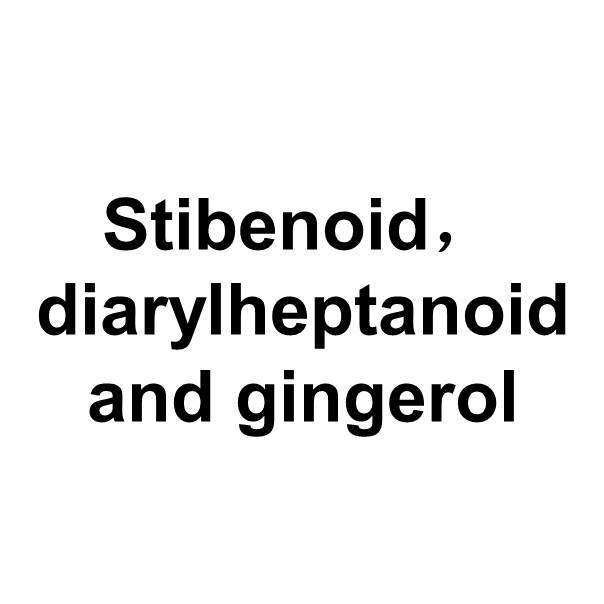
Stilbenoid, diarylheptanoid and gingerol biosynthesis
- Introduction
- Pathway
Stilbenoids are a group of phenolic compounds, biosynthetically interrelated through their common origin from a C6-C2-C6 intermediate, such as resveratol found in grapes. Stilbenoids can also exist as glycosides (e.g., piceid). Combretastatins are potentially useful stilbenoid natural products with known antitumor activity. Diarylheptanoid is a compound group having phenyl rings at 1,7 positions of n-heptane (C6-C7-C6), such as curcumin found in the ginger family. [6]-Gingerol is a major active component of ginger and has diverse pharmacologic effects.

Phenylpropanoid biosynthesis
- Introduction
- Pathway
Phenylpropanoids are a group of plant secondary metabolites derived from phenylalanine and having a wide variety of functions both as structural and signaling molecules. Phenylalanine is first converted to cinnamic acid by deamination. It is followed by hydroxylation and frequent methylation to generate coumaric acid and other acids with a phenylpropane (C6-C3) unit. Reduction of the CoA-activated carboxyl groups of these acids results in the corresponding aldehydes and alcohols. The alcohols are called monolignols, the starting compounds for biosynthesis of lignin.
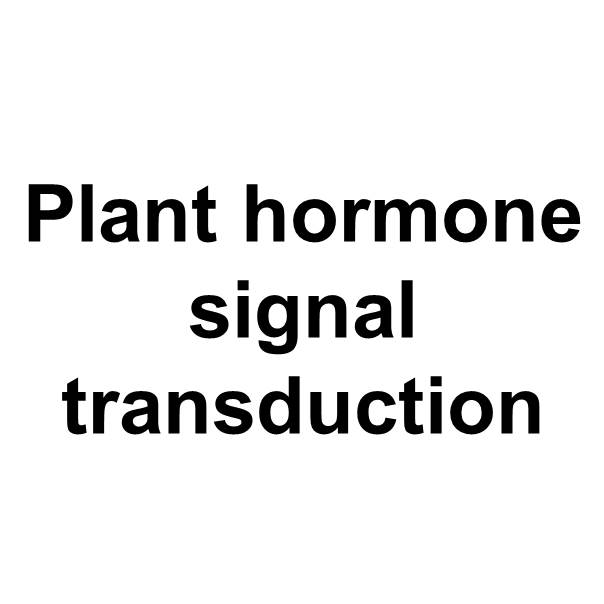
Plant hormone signal transduction
- Introduction
- Pathway
Most hormones initiate a cellular response by initially binding to either cell membrane associated orintracellular receptors. A cell may have several different receptor types that recognize the same hormone but activate different signal transduction pathways, or a cell may have several different receptors that recognize different hormones and activate the same biochemical pathway.
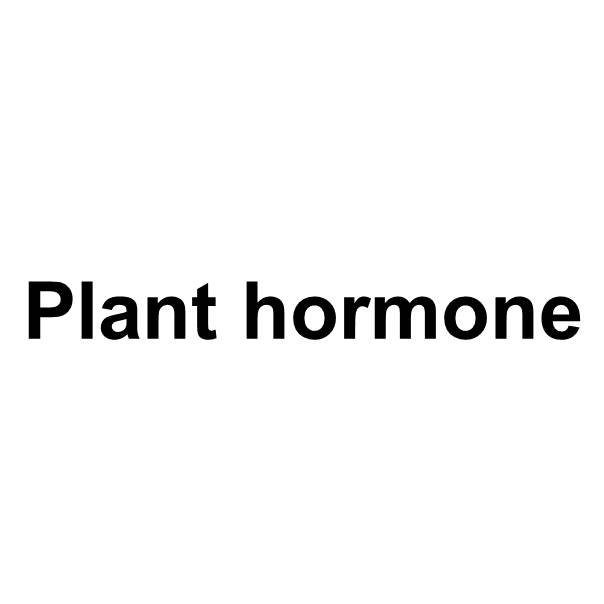
Biosynthesis of plant hormones
- Introduction
- Pathway
Plant hormones are signal molecules produced within the plant, and occur in extremely low concentrations. Hormones regulate cellular processes in targeted cells locally and, moved to other locations, in other functional parts of the plant.Hormones also determine the formation of flowers, stems, leaves, the shedding of leaves, and the development and ripening of fruit. Plants, unlike animals, lack glands that produce and secrete hormones. Instead, each cell is capable of producing hormones. Plant hormones shape the plant, affecting seed growth, time of flowering, the sex of flowers, senescence of leaves, and fruits. They affect which tissues grow upward and which grow downward, leaf formation and stem growth, fruit development and ripening, plant longevity, and even plant death. Hormones are vital to plant growth, and, lacking them, plants would be mostly a mass of undifferentiated cells. So they are also known as growth factors or growth hormones. The term 'Phytohormone' was coined by Thimann in 1948.
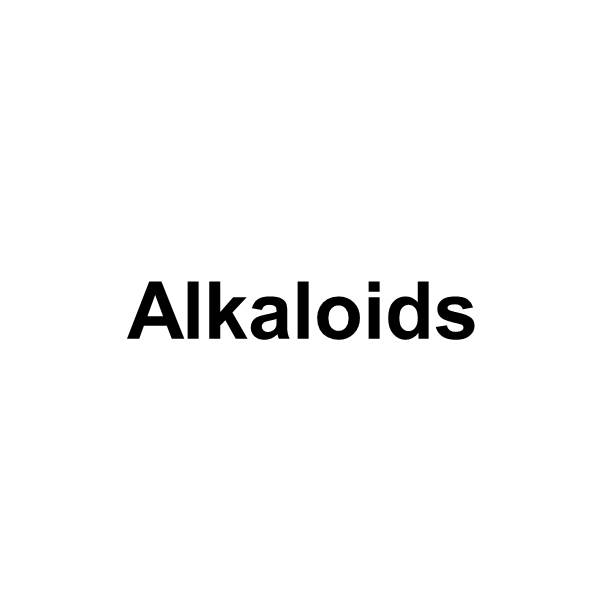
Biosynthesis of alkaloids
- Introduction
- Pathway
Alkaloids are a group of naturally occurring chemical compounds that mostly contain basic nitrogen atoms. This group also includes some related compounds with neutral and even weakly acidic properties. Some synthetic compounds of similar structure are also termed alkaloids. In addition to carbon, hydrogen andnitrogen, alkaloids may also contain oxygen, sulfur and, more rarely, other elements such as chlorine,bromine, and phosphorus.
Biosynthesis of alkaloids derived from shikimate pathway in KEGG database
Biosynthesis of alkaloids derived from ornithine, lysine and nicotinic acid in KEGG database
Biosynthesis of alkaloids derived from histidine and purine in KEGG database
Biosynthesis of alkaloids derived from terpenoid and polyketide in databse
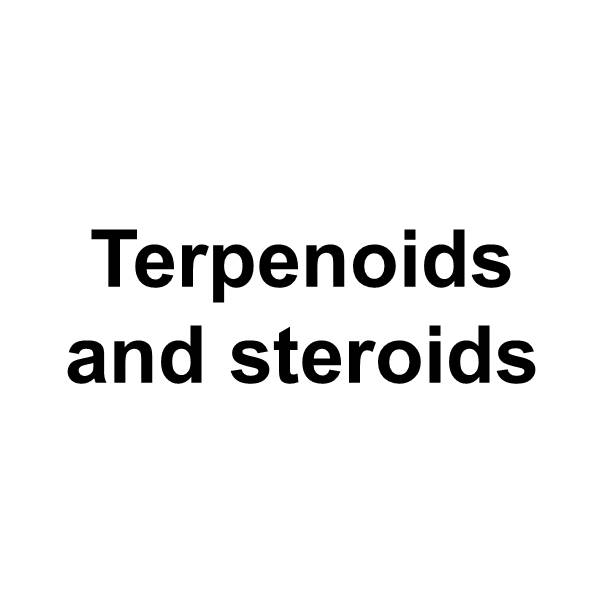
Biosynthesis of terpenoids and steroids
- Introduction
- Pathway
Plant terpenoids are used extensively for their aromatic qualities and play a role in traditional herbal remedies. Terpenoids contribute to the scent of eucalyptus, the flavors of cinnamon, cloves, and ginger, the yellow color in sunflowers, and the red color in tomatoes. Well-known terpenoids include citral, menthol,camphor, salvinorin A in the plant Salvia divinorum, the cannabinoids found in cannabis, ginkgolide and bilobalide found in Ginkgo biloba, and thecurcuminoids found in turmeric and mustard seed.
Steroids have two principal biological functions: certain steroids (such as cholesterol) are important components of cell membranes which alter membrane fluidity, and many steroids aresignaling molecules which activate steroid hormone receptors.
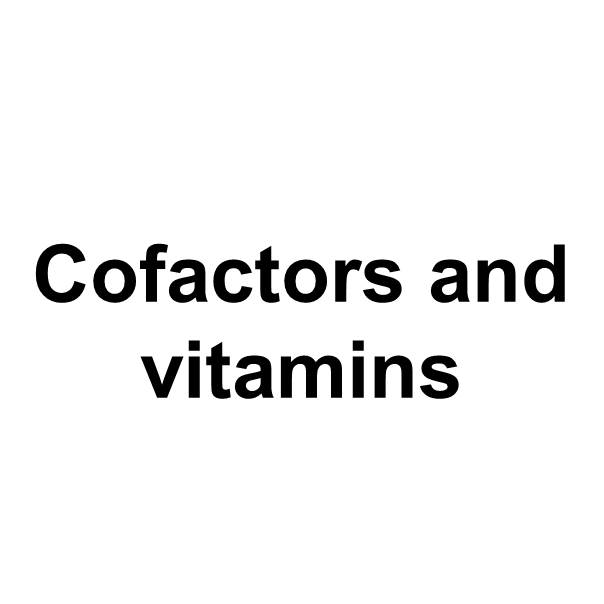
Metabolism of cofactors and vitamins
- Introduction
- Pathway
Plant secondary metabolism produces a large number of specialized compounds (estimated 200.000) that do not aid in the growth and development of plants but are required for the plant to survive in its environment. Secondary metabolism is connected to primary metabolism by using building blocks and biosynthetic enzymes derived from primary metabolism. Primary metabolism governs all basic physiological processes that allow a plant to grow and set seeds, by translating the genetic code into proteins, carbohydrates, and amino acids. Specialized compounds from secondary metabolism are essential for communicating with other organisms in mutualistic (e.g. attraction of beneficial organisms such as pollinators) or antagonistic interactions (e.g. deterrent against herbivores and pathogens). They further assist in coping with abiotic stress such as increased UV-radiation. The broad functional spectrum of specialized metabolism is still not fully understood. In any case, a good balance between products of primary and secondary metabolism is best for a plant’s optimal growth and development as well as for its effective coping with often changing environmental conditions. Well known specialized compounds include alkaloids, polyphenols including flavonoids, and terpenoids. Humans use quite a lot of these compounds, or the plants from which they originate, for medicinal and nutraceutical purposes.